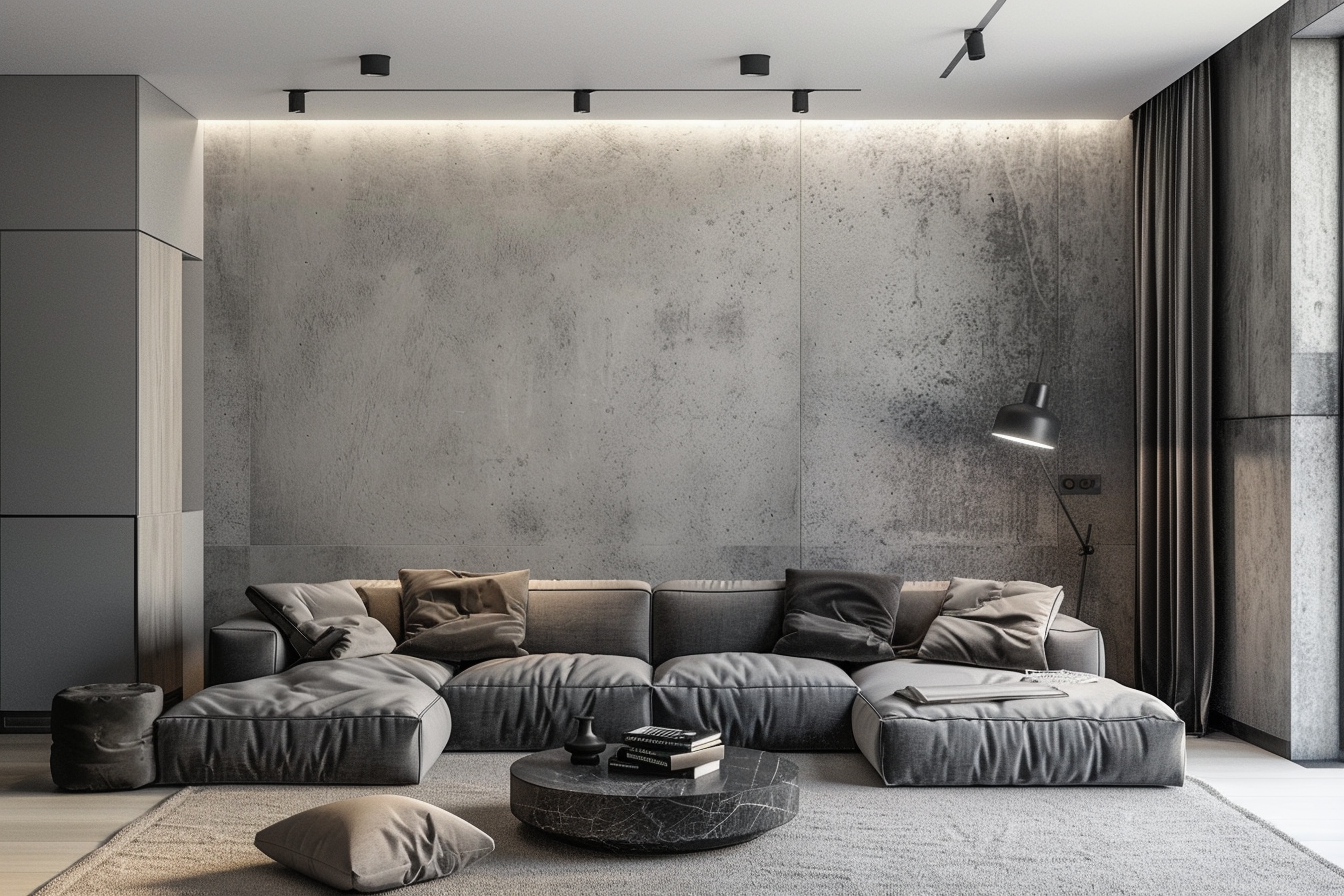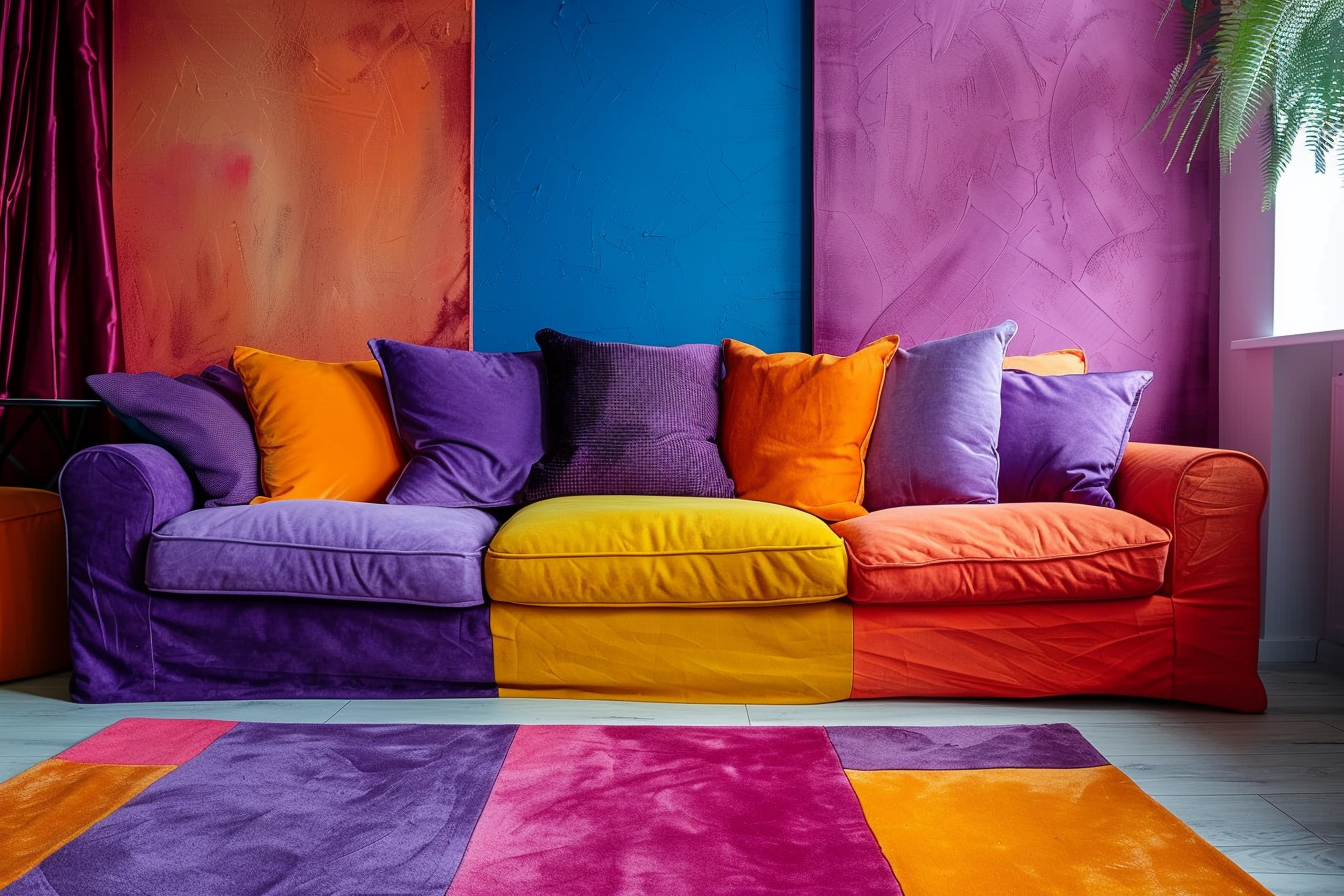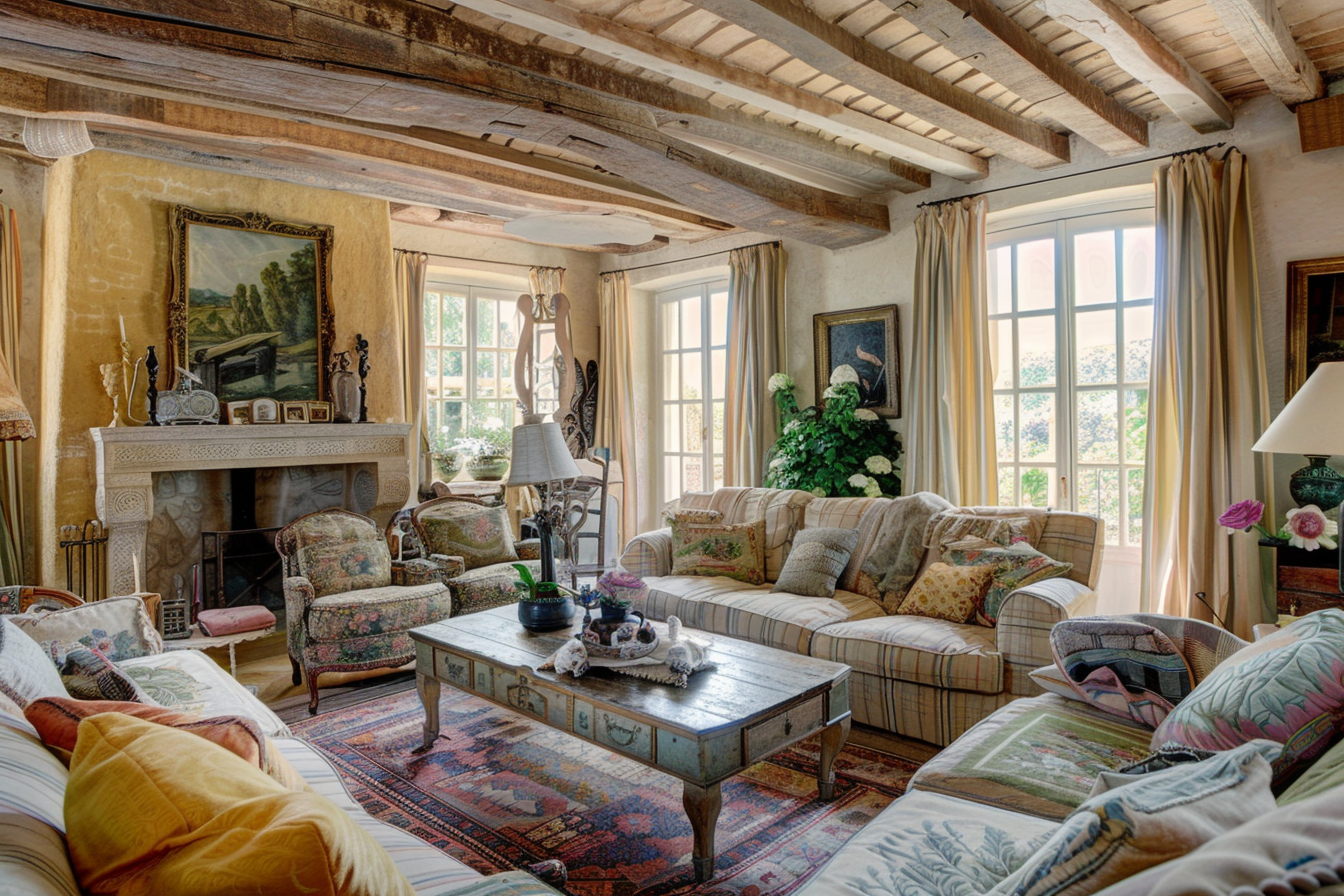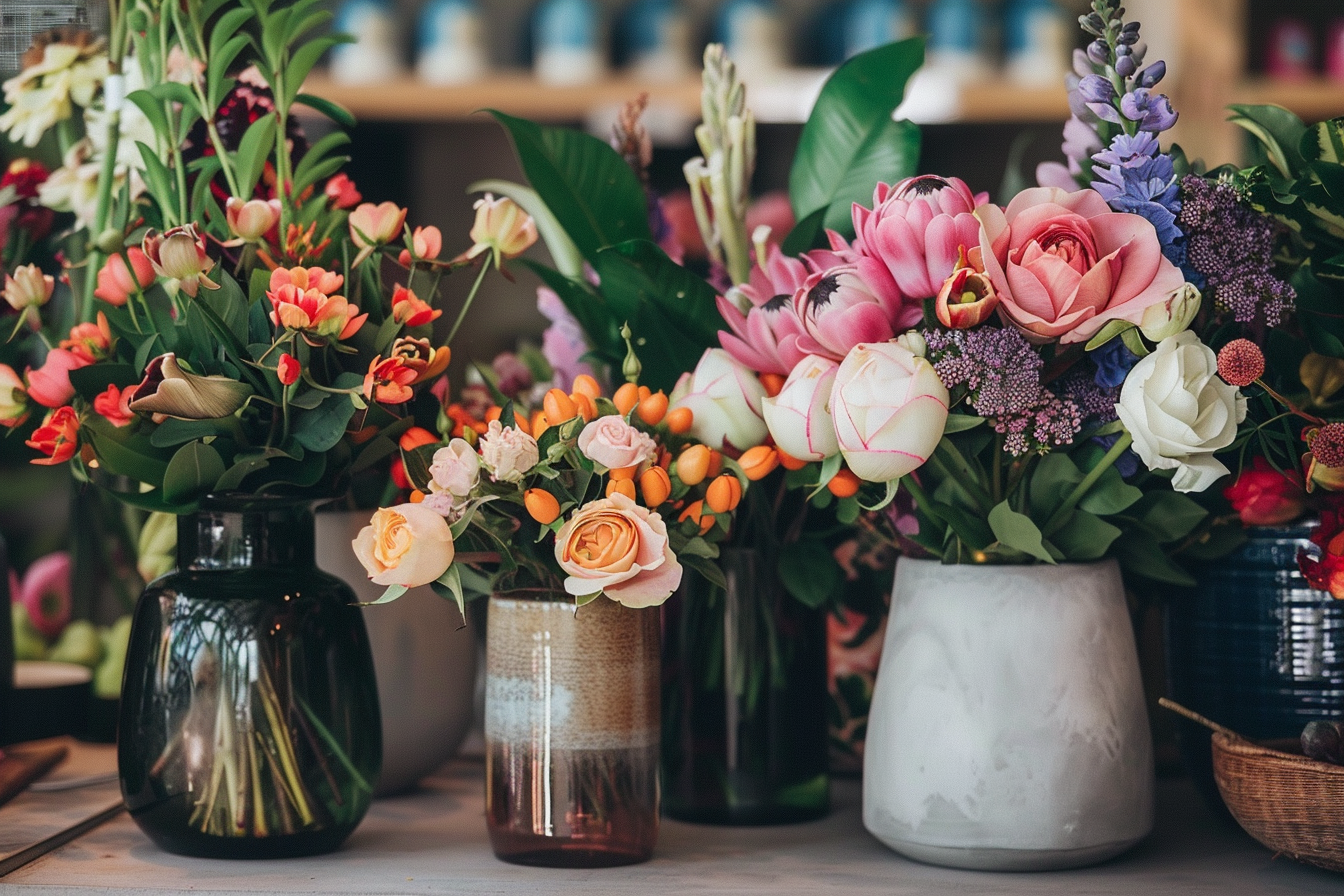Feeling overwhelmed by clutter and yearning for a calm and organized space? Look no further than the minimalist lifestyle! Minimalism isn’t just about owning less, it’s about surrounding yourself with only the things that truly matter. It’s about creating a space that fosters peace, functionality, and purpose. Here’s how to embrace the minimalist lifestyle and transform your home:
Define Your Minimalism:
Minimalism isn’t a one-size-fits-all approach. Decide what minimalism means for you. Do you crave a stark, modern aesthetic? Perhaps a warm and inviting space with a few key pieces? Identify your ideal minimalist vibe to guide your decluttering and decorating choices.
Declutter with Ruthless Efficiency:
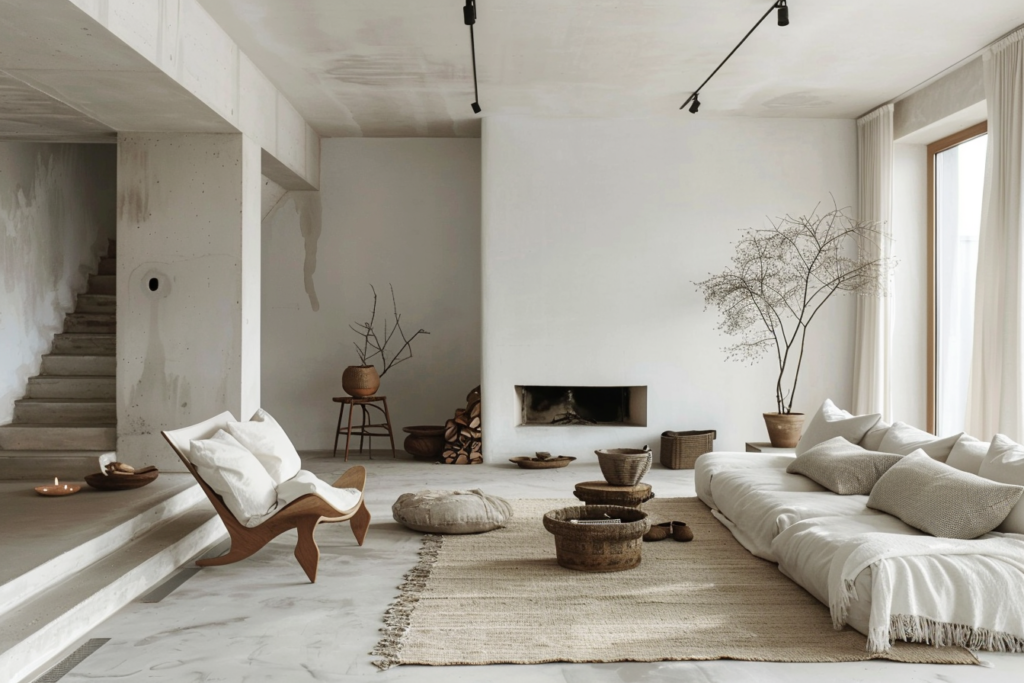
Decluttering is the cornerstone of minimalism. Embrace the KonMari method or another decluttering strategy to ruthlessly purge items that no longer spark joy, serve a purpose, or fit your minimalist vision.
Embrace Multifunctional Furniture:
Minimalist spaces prioritize functionality. Invest in furniture that serves multiple purposes. Opt for ottomans with storage compartments, a futon that converts from a sofa to a bed, or a nesting table that can be tucked away when not in use.
Let Go of Sentimentality (Gently):
Sentimental items can be the trickiest to declutter. Instead of discarding them all, consider taking photographs or creating a digital memory box. For physical keepsakes, choose a few that truly resonate with you and display them intentionally.
Embrace the Power of Storage:
Hidden storage solutions are essential in a minimalist space. Utilize built-in shelves, under-bed storage containers, and concealed drawers to keep your belongings organized and out of sight.
Clean Lines and Simple Forms:
Minimalist design thrives on clean lines and simple forms. Opt for furniture with a clean aesthetic, avoiding pieces with excessive ornamentation or clutter.
Less is More When it Comes to Color:
Minimalist color palettes often stick to a neutral base, such as white, beige, or gray. This creates a sense of calm and allows for pops of color from artwork or statement pieces to truly shine.
The Power of Negative Space:
Negative space, or empty space, plays a crucial role in minimalist design. Don’t be afraid to leave some walls bare or tables uncluttered. Negative space allows other elements to stand out and prevents a cluttered feeling.
Embrace Natural Light:
Natural light is essential in a minimalist space. Maximize light with sheer curtains, light-colored paint on the walls, and strategic placement of furniture. Natural light creates a sense of openness and well-being.
Lighting with Purpose:
While natural light is ideal, minimalist spaces need proper lighting for specific tasks. Utilize task lighting for reading areas, floor lamps for ambient lighting, and dimmers for adjustable ambiance.
The Artful Touch of Greenery:
Plants add life and visual interest to a minimalist space without overwhelming the overall visual simplicity. Opt for low-maintenance plants or succulents that complement your clean lines and neutral color palette.
Invest in Quality Pieces:
With fewer possessions, quality matters more than ever. Invest in well-made, timeless pieces you’ll cherish for years to come. This mindset promotes conscious consumerism and reduces the need to replace furniture or decor frequently.
Declutter Your Digital World:
Minimalism extends beyond physical possessions. Declutter your digital space by unsubscribing from unnecessary emails, organizing your files, and deleting unused apps. A digital declutter can significantly reduce stress and improve focus.
Focus on Experiences over Possessions:
Minimalism encourages prioritizing experiences over material possessions. Spend your money on travel, adventures, or hobbies that create lasting memories rather than cluttering your space with things.
Enjoy the Sense of Calm:
The ultimate reward of minimalism is achieving a sense of calm and serenity in your living environment. Surrounding yourself with only the things you truly need and love fosters a sense of peace and well-being.
Minimalism isn’t about deprivation; it’s about intentionality. By embracing these tips, you can create a space that supports your well-being and inspires you to live a life filled with purpose. Go forth and design a minimalist haven that reflects your unique personality!

